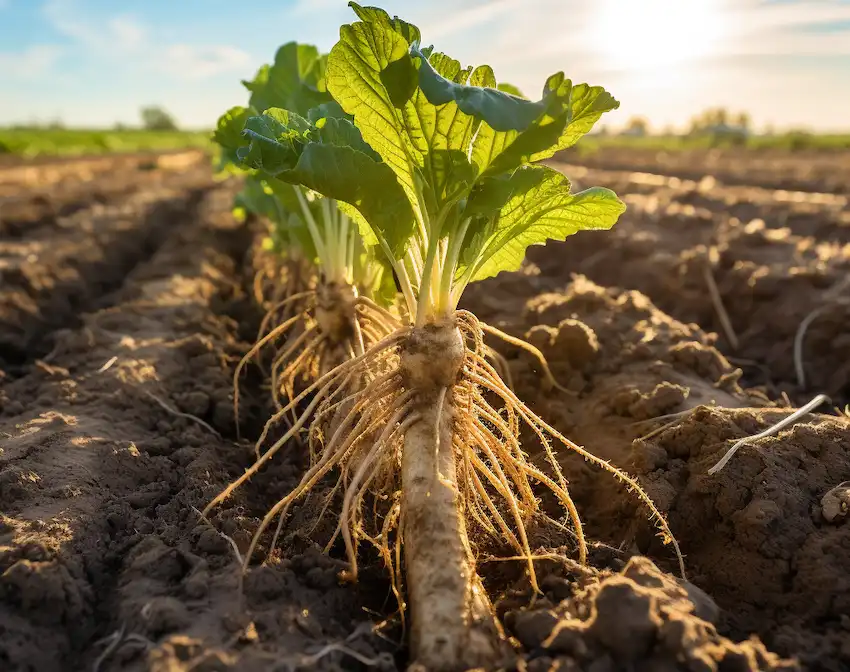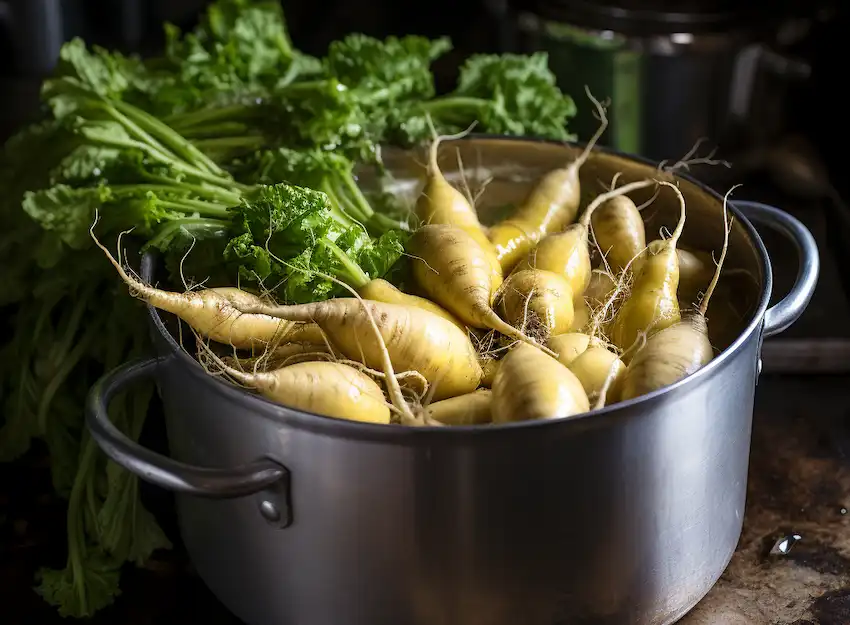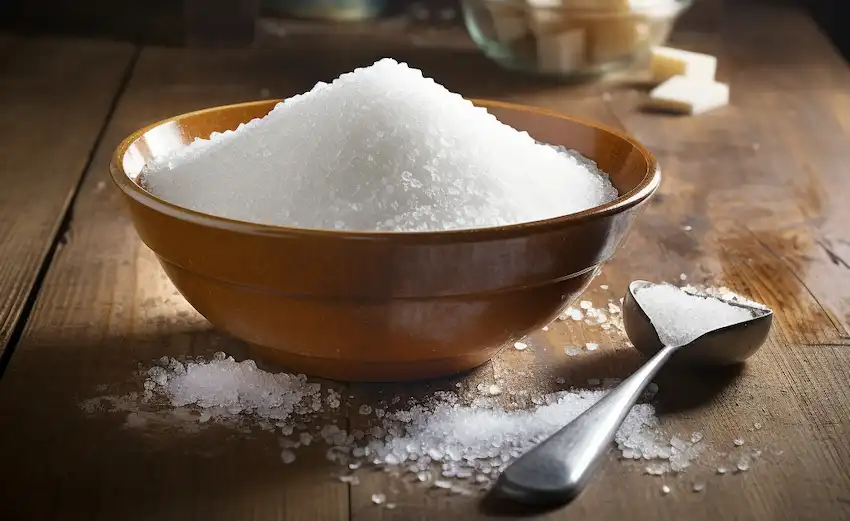Grow and Make Your Own Sugar: A Step-by-Step Guide to Cultivating Sugar Beets
Growing sugar beets and making your own sugar can be a rewarding and educational gardening project. Here’s a comprehensive guide to help you through the process:
Growing Sugar Beets

- Soil and Planting: Sugar beets thrive in well-drained, fertile soil, ideally a sandy loam. They prefer a slightly acidic to slightly alkaline pH, between 6.0 and 8.0. Prepare the soil by tilling and removing debris like rocks and weeds. The ideal soil temperature for planting is around 60°F following the last frost for spring planting.
- Sowing Seeds: Plant the seeds at a depth of about 1.5 inches, in rows spaced 18 inches apart. Initially, seeds can be sown 1 inch apart and then thinned to 4-5 inches apart once they’ve grown a few pairs of true leaves.
- Care and Maintenance: Sugar beets require full sunlight and moderate watering to keep the soil consistently moist. They are hardy in temperate zones, usually zones 6-10. If temperatures drop below 40°F, add mulch for protection, or use partial shade if it gets too hot.
- Harvesting: Sugar beets reach maturity in about 90-100 days. Harvest them by pulling them out of the ground and washing them thoroughly.
Making Your Own Sugar

- Preparation: After harvesting, clean the beets thoroughly and cut off the greens. Dice or shred the beets into small cubes to maximize the surface area for sugar extraction.
- Boiling: Place the diced beets in a large pot with water just enough to cover them. Bring to a boil and continue boiling for about an hour, then strain the beet pulp from the liquid, reserving the liquid which contains your sugar.
- Reducing the Liquid: Return the strained liquid to the pot and simmer until it reduces to a syrupy consistency. This process can take several hours.
- Drying and Grinding: Once reduced, pour the syrup into trays to dry. This can take several days to weeks. After it’s fully dried, break the sugar up and grind it into a granular form.
- Yield: Expect about 1 pound of sugar for every 10 pounds of beets. The final product will be a dark brown sugar with a flavor similar to molasses.
Considerations
- The sugar beet growing process is relatively straightforward but requires attention to soil quality and plant spacing.
- The sugar-making process is labor-intensive and the yield is relatively small compared to the effort. It’s more of an educational or hobbyist undertaking than a practical way to produce sugar.

This project offers a unique insight into how sugar is produced and can be a fun and educational experience. However, it’s important to set realistic expectations regarding the effort involved and the yield you can expect. Happy gardening and sugar-making!
Inspired by this? Share the article with your friends!


















